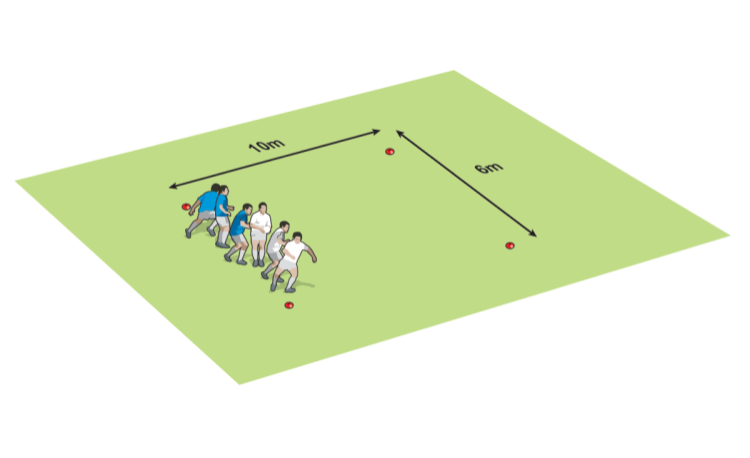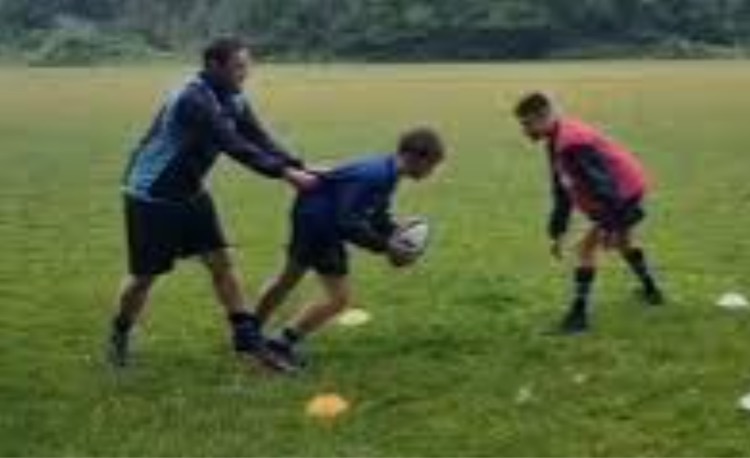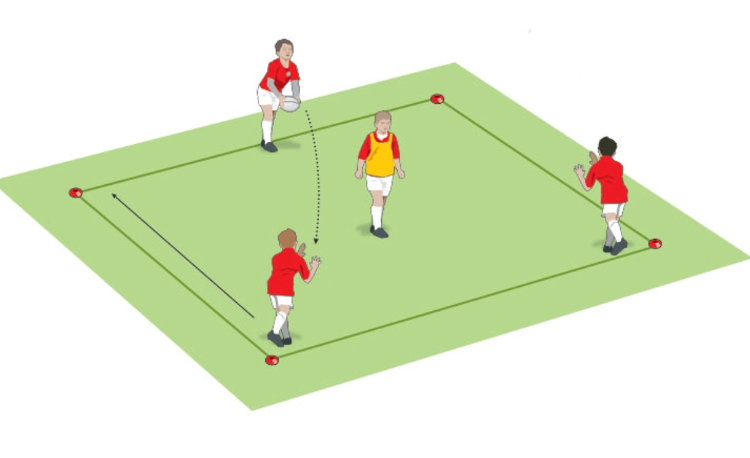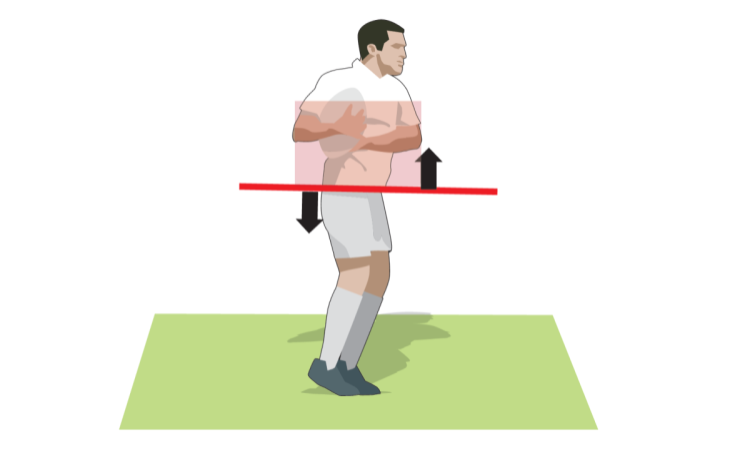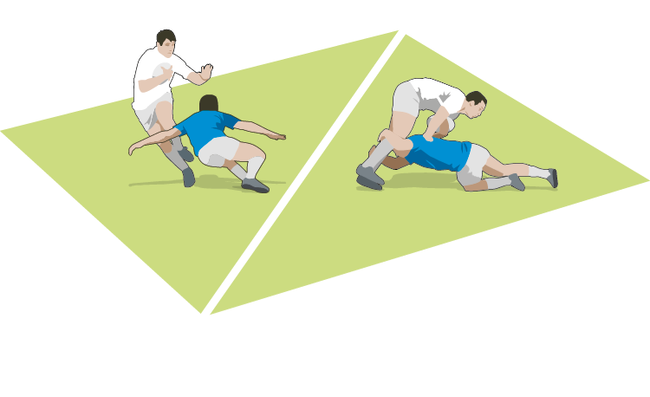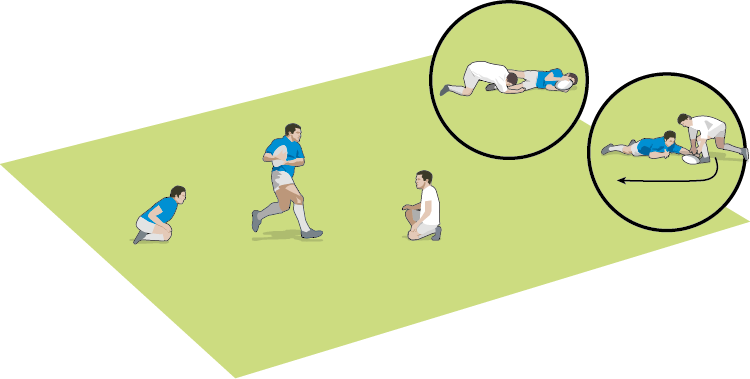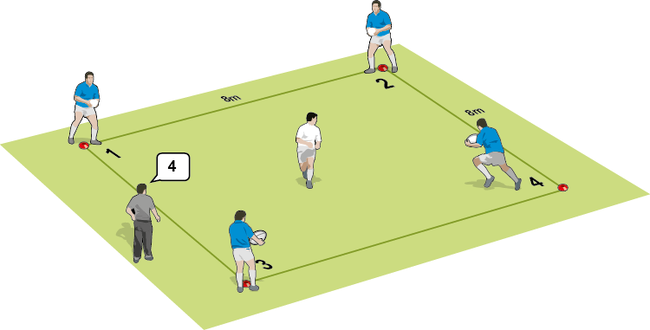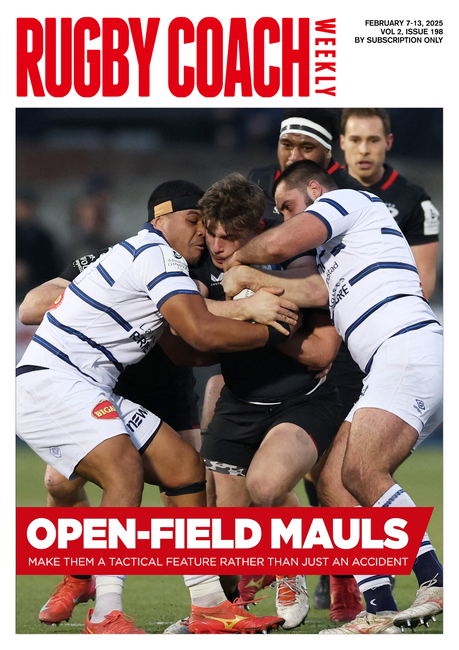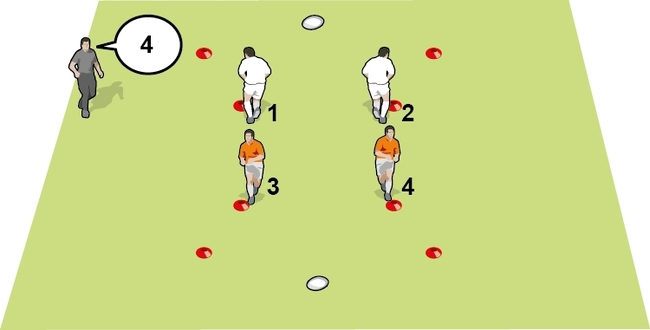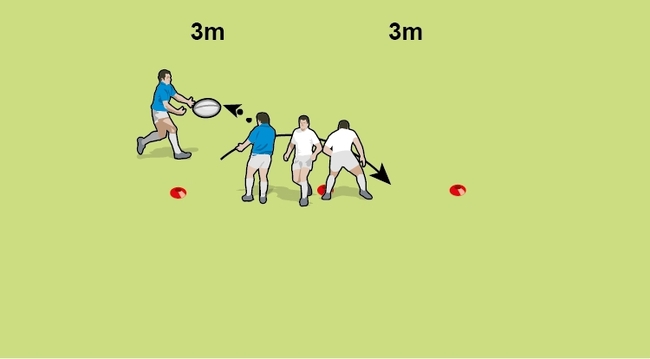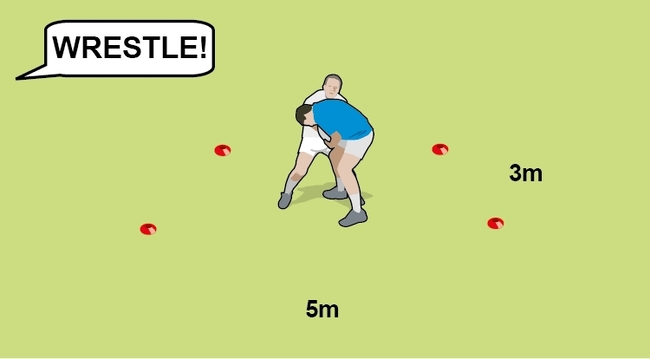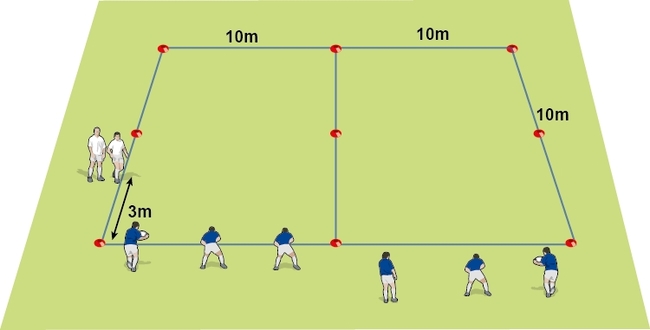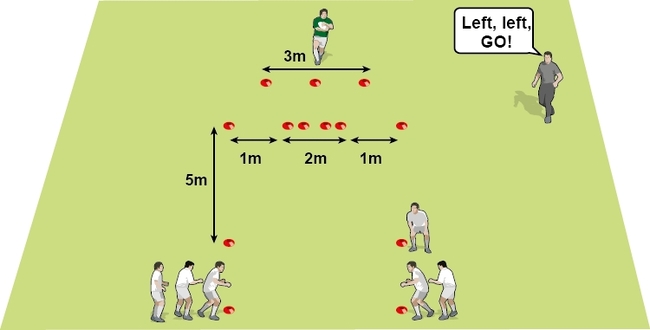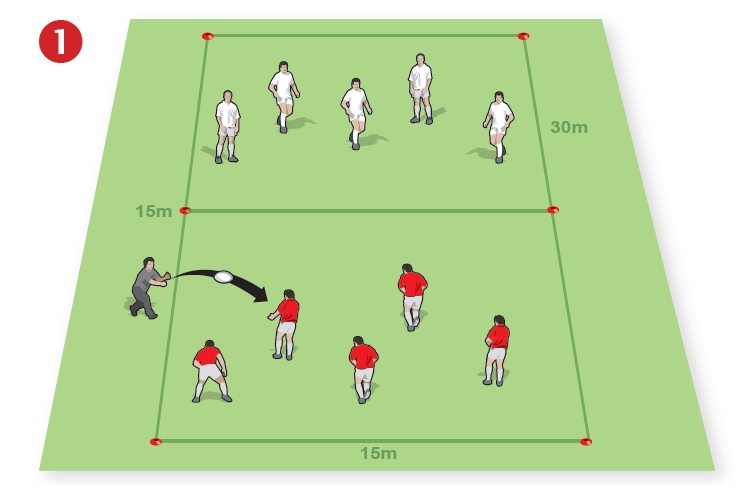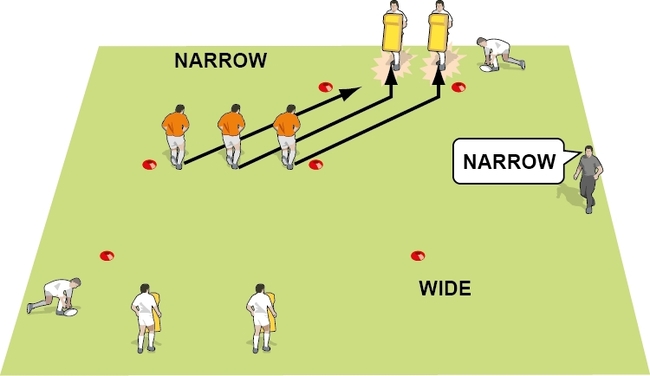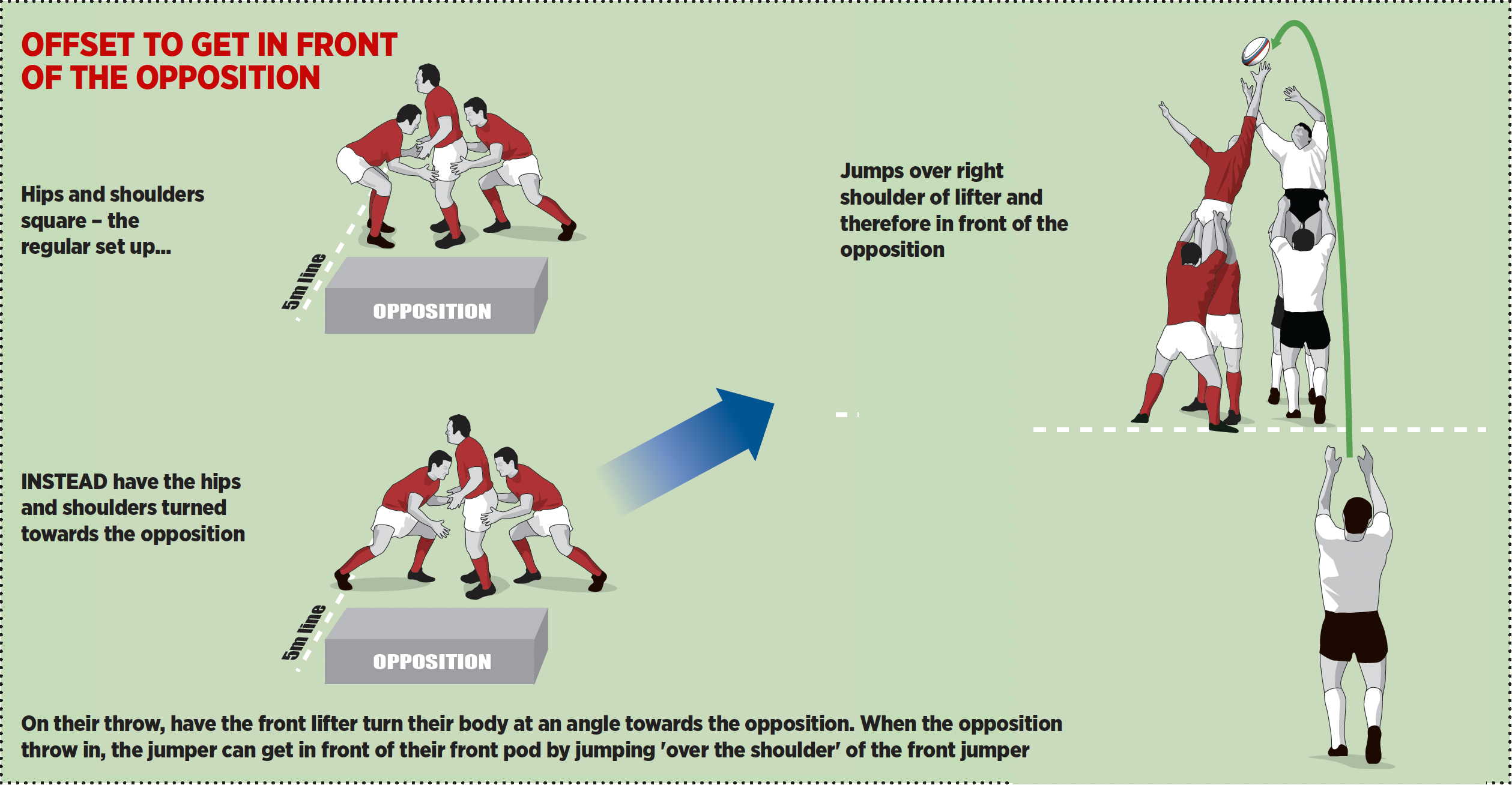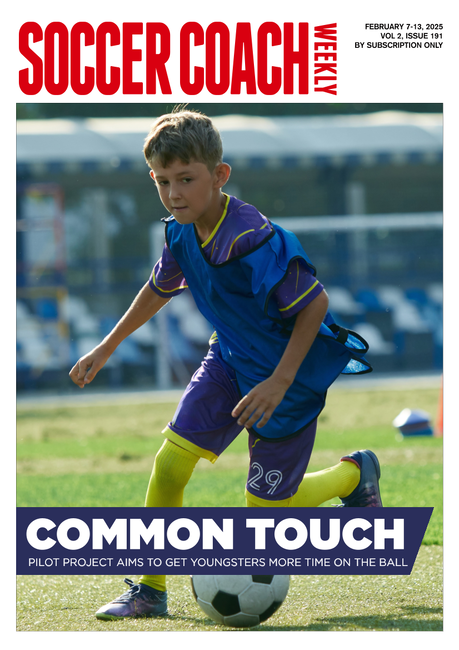Tackling: chop low and be safe
Avoid head injuries by adopting a sensible tackle technique.
KEY POINTS
TICK (ON THE LEFT PICTURE)
- Tackle low, focusing on the seams of the shorts
CROSS (ON THE RIGHT PICTURE)
- With the body in this shape the tackler can’t see the target, can’t see the hips, knees and feet of the ball carrier
- They will also struggle to get the arms above the head in this shape, it is also very difficult to keep a good shape and straight spine
It is possible to tackle too low.
There is a position where your head is so low you lose sight of the target and have a body position that does not allow the arms to come up high enough to be active.
A passive tackle, one that looks technically correct but allows the ball carrier to gain ground or cross the gain line, should be considered an advantage tackle to the defending team. It puts the ball carrier closer to the tackler’s support and away from their own.
Chop hard and take the legs away. The ball is exposed before the ball carrier has time to react and place.
ACTIVITY ONE
The ball carrier starts in the middle and runs to a tackler.
The tacklers are on their knees to promote a low, positive tackler position. The tackler gets up quickly to recover the ball and runs across to the next tackler.
The players alternate between ball carrying and tackling and should be run for three sets of 60 seconds.
Key factors
- Focus on the target (seam of shorts)
- Shoulder and knee in line with target
- Keep the head tight and connected (cheek to cheek)
- Slide and lock the ankles together (lasso)
- Make sure the ball carrier is taken to ground
- Speed to regain feet, be proactive
Related Files
ACTIVITY TWO
You decide either a time or number of tackles to be completed beforehand.
Call a number. The tackler must turn and move quickly to tackle the ball carrier.
The coach randomly chooses which ball carrier to keep the tackler moving and guessing to where they need to defend.
- A numbered ball carrier stands on each corner.
- The tackler makes a low tackle, recovers and gets ready for the next tackle.
- Call out which ball carrier to come forward.
Newsletter Sign Up
Coaches Testimonials

Gerald Kearney, Downtown Las Vegas Soccer Club

Paul Butler, Florida, USA

Rick Shields, Springboro, USA

Tony Green, Pierrefonds Titans, Quebec, Canada
Subscribe Today
Be a more effective, more successful rugby coach
In a recent survey 89% of subscribers said Rugby Coach Weekly makes them more confident, 91% said Rugby Coach Weekly makes them a more effective coach and 93% said Rugby Coach Weekly makes them more inspired.
Get Weekly Inspiration
All the latest techniques and approaches
Rugby Coach Weekly offers proven and easy to use rugby drills, coaching sessions, practice plans, small-sided games, warm-ups, training tips and advice.
We've been at the cutting edge of rugby coaching since we launched in 2005, creating resources for the grassroots youth coach, following best practice from around the world and insights from the professional game.
